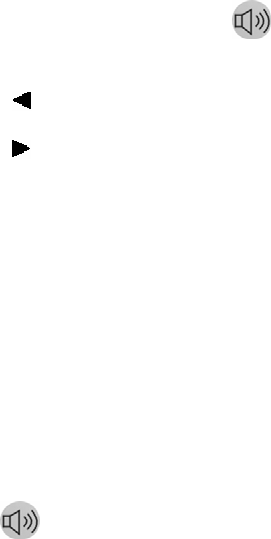Air Cleaner User Manual
Table Of Contents
- 1. Precautions
- 2. Manual Specification
- 3. Overview
- 3.1 Unpacking Check
- 3.2 Installation
- 3.3 Appearance of Component
- 4. General Function
- 4.1 Key Function
- 4.2 Menu Function
- 4.3 Quick Operation Guide
- 4.3.1 Making a call
- 4.3.2 Dial number in telephone book
- 4.3.3 Answering call
- 4.3.4 Ending call
- 4.3.5 Refuse call
- 4.3.6 Redial
- 4.3.7 Adjust handset volume
- 4.3.8 Hand free
- 4.4 Menu Function Introduction
- 4.4.1 Message
- 4.4.2 Call log
- 4.4.3 PB (Pone Book)
- 4.4.4 Setting
- 4.4.5 Call Service
- 4.5 Input Method
- 4.5.1 Switch input method
- 4.5.2 Input symbol
- 4.5.3 Special symbol table
- 4.5.4 T9 associated English word input method
- 5. Technical Parameters
- 6. Abbreviations
- 7. Troubleshooting
- G-1100_Rus-1.pdf
- 1. Предупреждения
- 2. Обозначения и символы
- 3. Введение
- 3.1 Комплект поставки
- 3.2 Установка
- 3.3 Обращение с батареей
- 3.4 Органы управления и их функции
- 4. Основные функции
- 4.1 Функции кнопок
- 4.2 Использование системы меню
- 4.3 Краткое руководство
- 4.3.1 Осуществление вызовов
- 4.3.2 Осуществление вызовов по номерам из телефонной книги
- 4.3.3 Приём вызовов
- 4.3.4 Окончание вызовов
- 4.3.5 Отклонение вызова
- 4.3.6 Повторный набор номеров
- 4.3.7 Регулировка громкости динамика
- 4.3.8 Использование громкоговорящей связи
- 4.4 Система меню
- 4.4.1 SMS
- 4.4.2 Список вызовов
- 4.4.3 Телефонная книга (меню “Тел. книга”)
- 4.4.4 Установка основных параметров телефона (меню “Настройки”)
- 4.4.5 Установка основных параметров сети (меню “Настройки сети”)
- 4.5 Ввод символов
- 4.5.1 Переключение способа набора
- 4.5.2 Таблицы ввода символов и букв
- 4.5.3 Назначение кнопок при вводе текста и символов
- 5. Технические данные
- 6. Заводские (предварительно установленные) значения параметров
- 7. Устранение типичных затруднений при эксплуатации
- 8. Соответствие требованиям

Note: The position of and [[SEND]] is different by different
telephone.
Key description:
[[
]]: Press it to perform the functions show at the left-hand side of the
display.
[[
]]: Press it to perform the functions show at the right-hand side of
the display.
[[▼]]: At stand-by status, press it to enter call log. At menu status,
press it to go up the menu; during a call press it to increase volume.
[[▲]]: At stand-by status, press it to enter messages status. At menu
status, press it to go down the menu; during a call press it to decrease
volume.
[[MUTE]]: During a call, press it to turn on or off the transmitter.
[[HANGUP]]: At menu status, press it to return stand-by interface;
when dialing, press it to end dialing; during a call, press it to end the call;
press it to refuse an incoming call.
[[OK]]: Press it to carry out the function on the right-hand side of the
display.
[[CANCEL]]: Press it to carry out the function on the left-hand side of
the display.
: Press it to dial a speaker call, at stand-by status; press it to make
a speaker call with an on-hook dialing; press it to end a speaker dialing;
press it to end a speaker call; If you choose autocall (“Menu → Setting →
Autocall”) 2-10 seconds after dialing, you will be automatically connected
with the number you dial.
[[SEND]]: After entering telephone book, press it to make an outgoing
call. Press it to call the current number in the telephone book.
[[ 0 ]]-[[ 9 ]]: Press the keys to enter numbers to make handset dialing
or on-hook dialing; At menu status, press the keys to choose
corresponding menu. After the first number dialed, press ‘0’ for a few
seconds to have a ‘+’ entered.
[[ * ]]: Press it to input ‘*’.
[[ # ]]: Press it to input the ‘#’.
Note: The Function of the keys above at input status, please refer to Input
Mothod description.
4.2 Menu Function
When talking, press [menu], user could do some operation about
switching calling, PB, message etc.
- Switching calling: You can create a new call with holding current
call. Need net service.
- PB: User could do operation of the phone book.
- Message : User could receive message, send message and save
8










